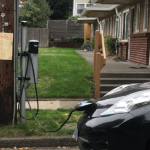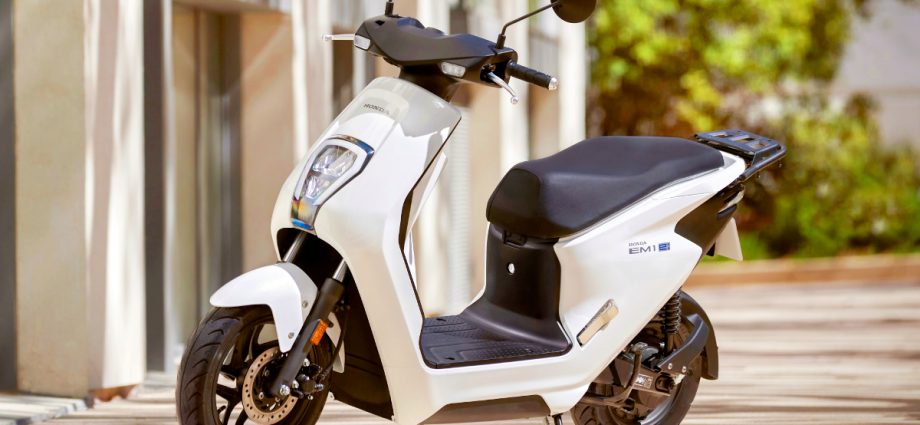E-scooters are not a futuristic new wave; they’re reshaping urban mobility at an unprecedented level of affordability, efficiency and sustainability.
But they also come with risks. : If you’re riding in patches, you may increase your risk of an accident, and if there aren’t bike lanes, this will drastically affect the flow of traffic and cause congestion.
Cost-Effective
The cities where e-scooters are deployed alleviate traffic congestion and air pollution, eliminate parking costs and allow for easier mobility on cars overcrowded streets.
But e-scooters don’t come without their own problems. They are often seriously damaging to the environment if they are abused; their batteries can last only a few miles before they need to be charged once again; they break and get damaged on a regular basis, so that they end up in streets or canals and damage wildlife populations.
Taking care of the environment, some running companies offer charging stations, replaceable batteries, electric driving motors, longer lifespans of scooters. They’re also partnering with public transportation providers to embed e-scooter usage in mobility apps.
Environment-Friendly
There are cities across the world thronged with electric scooters. These sleek machines are revolutionising mobility in the cities, tackling last mile challenges and decreasing congestion. But e-scooters need to be properly mapped and built into existing transportation systems, including protected lanes to make it safer to ride and prevent accidents, injuries, thefts and abuses.
E-scooters are less energy-intensive and emit less carbon dioxide than vehicles — plus they’re much quieter so that you can get around without upsetting others.
Even if e-scooter use makes cars less necessary, the proliferation of e-scooters might have adverse impacts for communities. Popularity leads to more group separation and reduced access to public walkways and bicycle paths.
Convenient
E-scooters make it convenient and cheap to move about on a temporary basis, even in cities with high traffic. E-scooters are a quick and convenient way to connect to public transportation and to help cut down on traffic.
There is also comfort – scooters have now become somewhat more advanced with the suspension and wider tires, which cushions against potholes and uneven terrain, making the ride smoother and more comfortable than when riding a bicycle over uneven ground.
E-scooters could replace or compete with public transportation, some companies even developing apps that allow riders to switch modes on the same ticket – assisting cities to achieve their single-occupancy vehicle mode share targets by reducing single-occupancy vehicle mode share targets.
Safe
Although electric scooters have had a bad rep, they are not dangerous alternatives to cars. If you are treated respectfully you can go fast and can pilot one without problems. It’s better for you and the rider to wear a helmet and, if you learn how to lean in turns and stay upright when stopping, you’ll be able to avoid hitting people.
This has been a trend for e-scooters in urban settings, however the change must be conceived from a safety and urban planning perspective. Some cities have outlawed renting of e-scooters for the sake of the residents and some have made guidelines to make scooting responsible, such as helmets, speed limits and scooter lanes. These policies already have a significant impact on increasing urban mobility.
Quiet
There is no tailpipe emissions from electric scooters but, to be effective, they consume energy. But their long-term ecological costs – less traffic and more greenhouse gasses emissions – far exceed their initial environmental expense.
Scooters, too, are quiet so that one can move through a landscape without being a bother. This feature is useful in urban environments particularly as it prevents any disruption of city life but in rural areas can surprise animals or other pedestrians who are unfamiliar with how scooters work and might react panicked when they hear the sound.
There are various ways to minimize scooter noise. Designer innovations, compliance with noise legislation and timely repairs all contribute to e-scooters being silent – so drivers as well as walkers can enjoy them!










